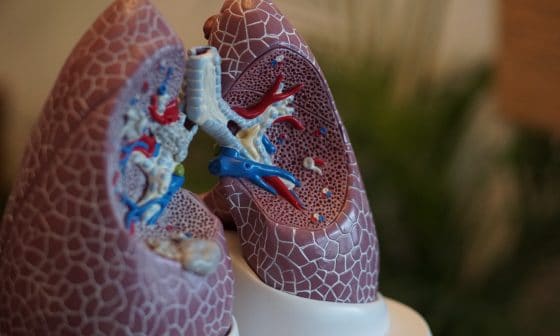Law 360 reported that the Massachusetts’ Cannabis Control Commission handed down hefty fines to three cannabis companies doing business in the state. 4Front Ventures Corp. (FFNTF) and Garden remedies were fined for using pesticides on plants, while Acreage Holdings Inc. (OTC:ACRGF) was fined for failing to disclose its relationship with two license holders.
4Front Ventures
4Front Ventures fined $350,000 settlement over pesticides used at its Georgetown, Massachusetts, facility. According to Law360, the settlement included a statement that 4Front Ventures admitted hydrogen peroxide, baking soda, and other pesticides were used at the facility, which is not approved for use on marijuana. The commission reportedly said that the company received test results that showed the plants contained a banned pesticide in June or July 2019 but didn’t alert the commission until August. Company CEO Leo Gontmakher said the company has made changes to ensure the violations do not happen again. “Patients were protected and no one was harmed,” Gontmakher said.
Garden Remedies
A $200,000 settlement was reached with cannabis company Garden Remedies over its Fitchburg, Massachusetts, facility. Like 4Front, Garden Remedies also noted in its settlement that it acknowledged using unapproved pesticides and altering its financial records to hide the purchase.
Company CEO Karen Munkacy said in a statement that the company has fired the employees involved in the falsified documents and ended its relationship with the vendor that provided the pesticides in question.
“While the product we used is permitted to be used in cannabis cultivation in many other states and is not an externally applied pesticide that puts anyone in danger, it is not permitted in Massachusetts and the situation was mishandled,” Munkacy said. “The company and I will continue to strive to ensure that ethical and regulatory violations never again occur.”
Copyright
© 420 Intel







